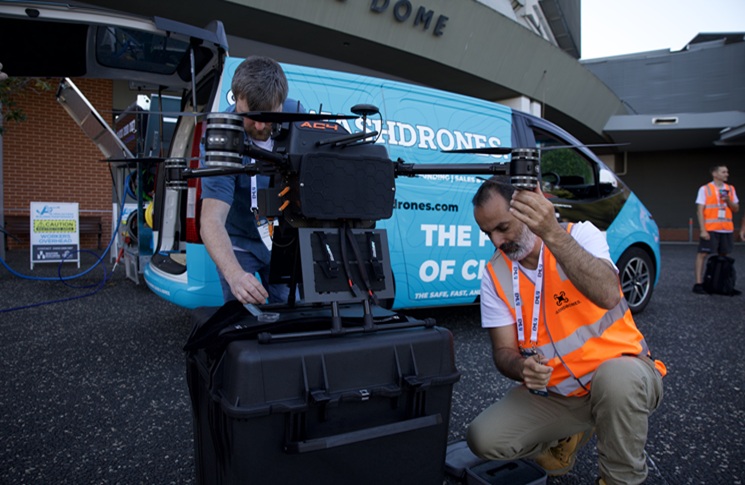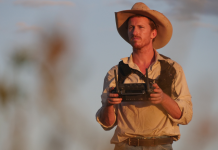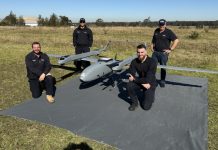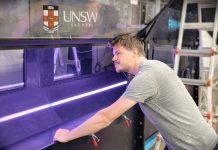We all know that drones are great for filming, photography and fun. However, they’re also transforming how we interact safely with our world.
Meet Geraldo Sansone, chief remote pilot for WashDrones. Learn about how he and his company are using drones to make maintaining infrastructure safer and more efficient.
Ever looked at a building or sculpture and wondered how it gets clean? Something like Goulburn’s famous Big Merino maybe?
For Geraldo, these are the kinds of challenges he solves with his drone skills. WashDrones is a company that uses drones and soft-wash chemistry to clean buildings and infrastructure that are difficult or unsafe to reach. From high-rise glass to the 15-metre tall Big Merino in Goulburn, it provides a safer alternative to scaffolding, lifts or rope teams.
Geraldo holds a remote pilot licence (RePL) and has more than 3,000 hours of commercial drone flying experience. He makes sure every operation follows the drone safety rules and undertakes detailed risk planning.
‘People think flying is the hard part, but it’s the preparation that makes the mission,’ he says. ‘The drone is just the tool, everything else is the craft.’
Preparation is necessary when flying close to buildings. Strong winds near buildings, signal problems, or radio dropouts can all create hazards in seconds. Flying drones close to buildings also increases the risk of collision, which is why careful planning and safety are vital. Geraldo and his team speak with clients’ days in advance, carry out site risk assessments, set up safe work zones and track the weather.
Craig Lamont, Technical Director and Co-Founder of WashDrones, was inspired to start the company when he saw how many jobs at height were putting people at risk. ‘Scaffolding, boom lifts, rope teams, all essential but all fraught with cost, downtime and significant risk. I believed we could do better with technology,’ Craig says.
WashDrones holds a remotely piloted aircraft operator’s certificate (ReOC).
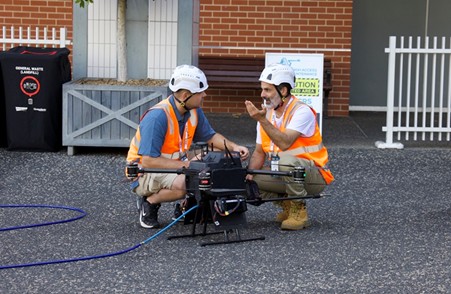
That belief led to the birth of WashDrones. ‘We flip that model with drone innovation. No people in danger, no bulky equipment and no building shutdowns. The operator stays safely on the ground while the drone does the hard work, showing how drones can deliver safe, consistent outcomes,’ Craig says.
This focus has allowed Geraldo and the team to take on complex and delicate projects, including the precision clean of a historic sandstone cathedral. ‘We had to combine conservation-grade care with advanced drone control,’ Geraldo recalls. ‘It’s the kind of work where safety and precision are equally critical, and where drones really prove their value.’
WashDrones pilots also go through thorough training. Every operator must have at least 250 hours of commercial drone experience before passing in-house theory testing and on-site assessments. ‘We build competency from the ground up,’ Geraldo says. ‘That’s how you maintain safety when you’re flying close to complex structures.’
His advice to other drone operators is simple: ‘Double your checks. Don’t just follow a checklist, understand why each step exists. Plan for wind, radio frequency interference, birds and people doing the unpredictable. And always have a go/no-go threshold that isn’t negotiable.’
Geraldo adds that following the drone safety rules is the foundation of every safe operation. ‘The rules are there for a reason. They protect people, property and pilots. If you respect them, you set yourself up for safe and successful flying.’
If you would like to feature in drone flyer diaries, please email us.

